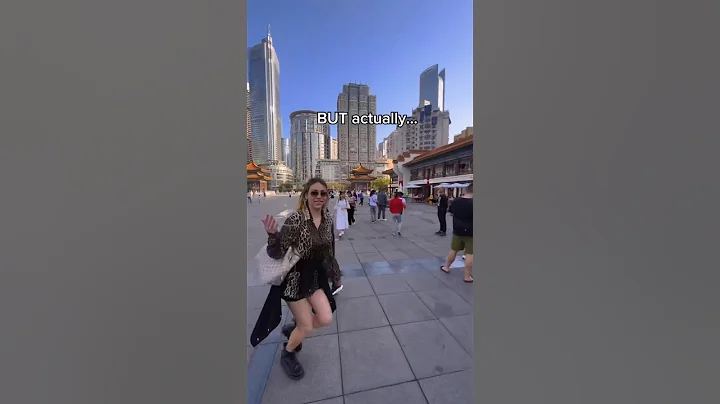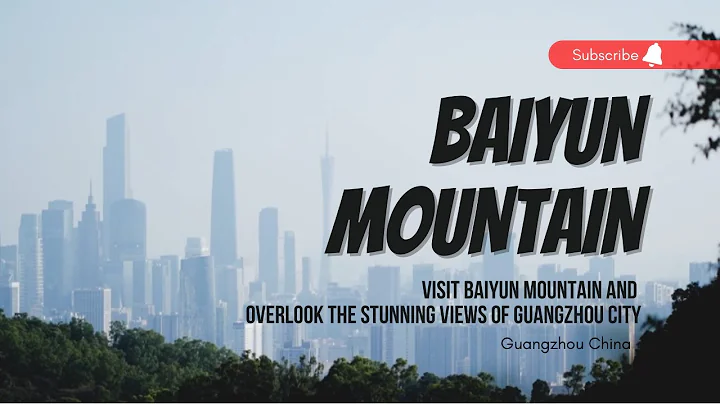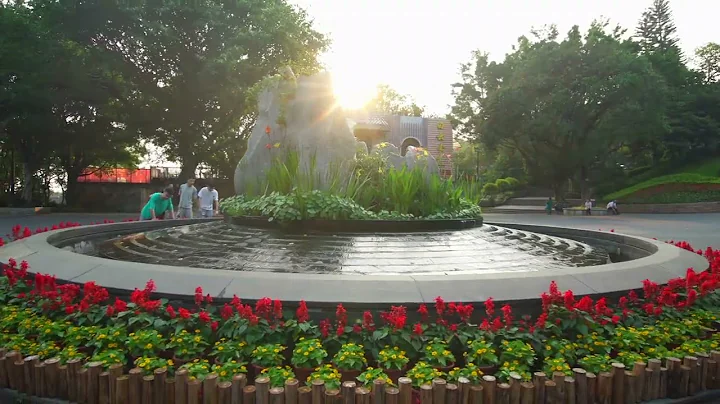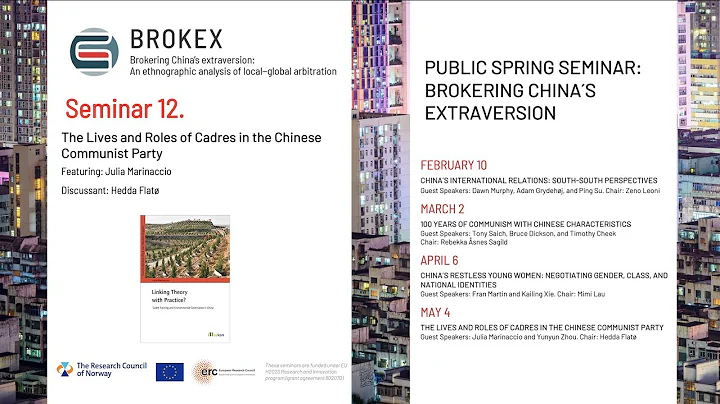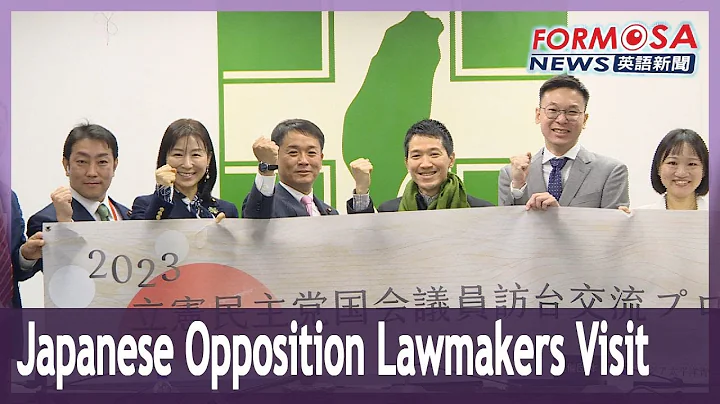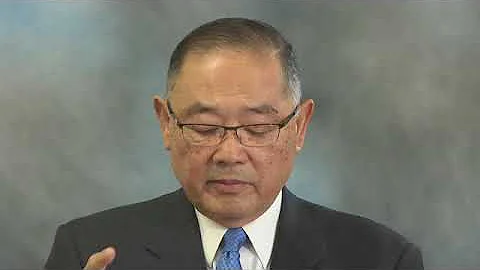
The former site of the First National Labor Conference stands on the south bank of Pearl River.
No. 230, Binjiang West Road, Haizhu District, a small building that combines Chinese and Western styles and has been baptized over the years, stands on the south bank of the Pearl River, overlooking Guangzhou City. The whole building is composed of two buildings in the north and south. The Western-style concrete main building in the north was the office of the Guangdong Machinery Union when it was first built. In the 1920s, the brick-and-wood structure auditorium on the south side of the building was the venue for the first National Labor Conference.
A hundred years ago, the first national grand gathering of the Chinese working class, the First National Labor Conference, was successfully held here. It was an important milestone for the Chinese working class to begin to unite and unite, and created a new era for Chinese workers to unite. The new era has consolidated and strengthened the leadership position of the Communist Party of China in the national labor movement, and has an important historical position in the history of the party and the labor movement. The First National Labor Conference also created the "Five Firsts", which was the first unprecedented national gathering of the Chinese working class; it was the first time to realize the unity and alliance of national trade unions and organized workers; it gave birth to China The first "eight-hour work plan"; the first time that "industrial combination" was clarified as the organizational principle for establishing a trade union; the first time to propose the establishment of the All-China Federation of Trade Unions.
In order to inherit the red gene and continue the red blood, the Guangzhou Federation of Trade Unions decided to renovate the site of the First National Labor Conference and renovate and upgrade the original display. After a year of preparations, the renovated site of the First National Labor Congress (hereinafter referred to as the "former site of the First Labor University") reopened its doors on June 27 to welcome the public who come and visit.
The centenary site recounts the century-old history of China’s labor movement
The former site of Yitong University has been unveiled again, like a vicissitudes-stricken old man unfolding a magnificent historical picture, counting every step along the way. .
The time goes back to 1922, a hundred years ago. In order to guide the working class to unite and fight in an organized manner and promote the vigorous development of the national labor movement, the Communist Party of China held a China Labor Combination Secretary Department from May 1st to 6th. , initiated and convened the first National Labor Conference. More than 170 workers' group representatives from 12 cities across the country, including Lin Weimin , Su Zhaozheng, Deng Zhongxia, Li Qihan , gathered at the Guangdong Machinery Trade Union auditorium on the south bank of the Pearl River in Guangzhou. The
Congress accepted the political propositions of "Down with Imperialism" and "Down with Warlords" put forward by the Communist Party of China, passed ten resolutions including the "Eight-Hour Work System Bill" and the "All-China Federation of Trade Unions' Organizing Principles Bill", and decided to implement the All-China Federation of Trade Unions' Before its establishment, the Secretariat of the China Labor Combination Committee was the general communications organ of the country.

In the exhibition hall on the second floor of the former site of the First Labor University, many precious historical relics were unveiled one by one.
As the first national grand gathering of the Chinese working class, the successful convening of the first National Labor Conference was a milestone for the Chinese working class to begin to unite and unite. It created a new era of Chinese workers uniting and greatly improved the Communist Party of China. and the prestige of the Secretariat of the Chinese Labor Union, which consolidated and strengthened the leadership position of the Communist Party of China in the national labor movement.
In an atmosphere of unprecedented enthusiasm, the workers' movement was surging. Three National Labor Conferences were held consecutively in Guangzhou, witnessing the entire process of the Chinese workers' movement from the early days of the founding of the Party to the failure of the Great Revolution.
One hundred years later, the former site of the First Labor University still stands here. As a symbolic historical starting point, it has assumed the responsibility of inheriting the red gene and continuing the red bloodline. Today, it has become one of the first national employee patriotism education bases, a revolutionary and traditional education and research base for the Chinese workers’ movement, a red revolutionary site in Guangdong Province, a cultural relic protection unit in Guangzhou, a provincial and municipal patriotism education base, and a new era civilization Practice center etc .
Protecting the original appearance of history and opening up the next century
After a hundred years of ups and downs, aging is an inevitable fate for all historical buildings. In 2021, in order to thoroughly implement the spirit of General Secretary Xi Jinping’s series of important speeches on protecting red heritage, promoting red culture, and inheriting red genes, and intensify efforts to explore and protect the red resources at the site of the First National Labor Conference, the Guangzhou Federation of Trade Unions comprehensively Start the overall renovation and exhibition renovation of the old site.
Based on expert opinions, the Guangzhou Federation of Trade Unions has clarified three basic principles for this renovation and display renovation and improvement work, namely, "repair the old as before", "reduce the load" and "focus on functions" , and retain the original specifications during the repair process. and shape, to "reduce" the burden on cultural relics buildings, and to "reduce" the use functions that are not related to the patriotism education base .
The reporter noticed that the original appearance of the Yiyi Assembly Hall (i.e. auditorium) a hundred years ago, the log spiral staircase of the main building, the narrow corridor, old checkered floor tiles, and Western-style fireplaces were all completely preserved in this round of renovations. Come down.
"The whole project is called renovation and exhibition improvement. In terms of renovation, the external image of the building is refreshing, but the overall principle is to 'repair the old as before'. We hope to do our best to retain the architectural style and present the original style to the greatest extent." The atmosphere of revolutionary history and the atmosphere of the times," Wang Xinjian, director of the Research Office of the Guangzhou Federation of Trade Unions, told reporters.

The venue of the first National Labor Conference.
In order to preserve the original appearance of the history as much as possible, the renovation project of the Illabor Convention Hall was meticulous, including leak detection and dust filling on the tile roof, re-polishing and anti-corrosion treatment of purlins, replacement of seriously cracked purlins, etc. . It is worth noting that during this renovation and upgrading, the layout of the venue for the First National Labor Conference completely restored the actual scene a hundred years ago with reference to historical records. There is a workers' forum in the center of the rostrum, with slogans and slogans hanging above it. The red five-star directly above the venue represents the firm belief of the working class's united struggle. The small red flags hanging around it read labor slogans such as the sanctity of labor and eight-hour work.
For the main building, this round of renovations not only restores the original appearance, but also focuses on functions and reduces the load. It repairs the cracks in the terrazzo floor , replaces the damaged and missing flower step bricks, and removes the greening on the main floor, the steel structure stairs on the roof, and the attachments. Stairway canopy... At the same time, the functions of the reception room, office, staff library, staff university hall and other functions originally installed in the main building were cancelled, and replaced with temporary exhibitions, scene restoration and other light-functional ancillary facilities that are suitable for cultural relics protection and historical promotion.
In addition, the fourth floor added after liberation is now used as a red reading space. In addition to a rich collection of paper books, there is also an electronic reading room equipped with computer equipment. In the future, salons, readings, Academic exchanges and other activities will gradually expand the brand influence and radiation of red culture.
is located in the south, where the climate is humid. During the renovation work of the former National Industrial University, special attention was paid to moisture and mold. Focusing on the long-term protection of cultural relics, the renovation work carried out leak detection and waterproofing treatment on the roof of the main building, verandahs, bathrooms on each floor and other rooms with waterproofing requirements, repaired walls that became damp, moldy, cracked and leaking, and carried out repairs on the drainage system. Clean up and strive to keep cultural relics safe for a long time.
Zhou Min, director of the Second Workers’ Cultural Palace of Guangzhou, who is responsible for the renovation work, said, “The biggest difference from previous renovations is that this time we are scientifically protecting the cultural relics in accordance with the spirit of General Secretary Xi Jinping’s speech on the protection of cultural relics of the Red Revolution. We must build a solid bottom line for the safety of cultural relics."
Cultural relics base + artistic embellishment + technological innovation to enhance the "immersive" check-in experience
In order to commemorate the 100th anniversary of the first labor conference, on June 27, "Sail: Red Labor Movement" The theme exhibition "National United Way - Exhibition of the History of the First National Labor Conference" was officially opened to the public at the renovated former site of the First Labor University. 118 pieces (sets) of cultural relics, about 240 pictures, and many precious historical materials were publicly unveiled. , combined with a variety of techniques such as oil painting, relief sculpture, touch screen, video, modeling, sand painting, etc., the themed exhibition displays a sense of history, modern art and technological advancement. highlights the characteristics of Guangzhou, allowing the audience to release memories in the scene. Learn about history while walking and absorb cultural nutrients through interaction.
The exhibition reproduces publications such as " Xiangjiang Review ", "New Youth", "Workers Weekly", and "Labourers" from that year. Precious historical relics such as Guangdong Qunbao, the early organ of the Guangzhou Communist Party, and the seal of the Guangzhou Civil Engineering and Construction Federation, the first revolutionary trade union in Guangzhou, are also on display. In the sheets of paper with traces of ink printing, visitors can relive the ideals and beliefs of their ancestors and review the magnificent revolutionary history.

The giant relief tells the history of the labor movement over a century.
The giant relief is a highlight of this exhibition, and its artistic expression techniques restore the magnificent historical pictures.. Walking into the first floor of the main building, the "Declaration of the First Meeting of the National Labor Congress" comes into view. The giant red relief on the left quietly tells the story of the Guangzhou workers' movement. Follow the century-old wooden spiral staircase to the second floor. The relief sculpture riding the wind and waves on the right side of the prologue hall means that starting from the First Labor Congress, under the leadership of the Communist Party of China, the Chinese working class moved towards the road of national unity of the red labor movement. Under the leadership of the party, Set sail under the guidance; the fist sculpture on the left represents the unity and struggle of the working class; the arc-shaped structure in the middle designs the red road of the labor movement that rotates upward, implying that the Communist Party of China leads the working class on the road to national unity.

The immersive real-life dock handling scene has become a major highlight of the exhibition.
On the second floor of the main building, the immersive real-life dock handling scene has become a major check-in point for the exhibition. Ships sail, the river surges, and boatmen go to work. On the wall behind is a large oil painting of Guangzhou shipping. The combination of reality and reality reproduces the original ecological scene of the survival and work of modern industrial workers in Guangzhou.
In the protection and utilization of cultural relics, technological innovation is often the source of renewed vitality. The reporter observed that a transparent touch screen was specially set up at the exhibition site. With a flick of the button, a set of precious badges of some trade unions in Guangdong, especially Guangzhou, in the early 20th century, appeared in front of them. Before and after the May 4th Movement, a large number of various workers' organizations and industrial groups emerged in Guangdong. According to records, there were 130 various trade unions in Guangzhou in 1921. The seal of the Guangzhou Civil Engineering and Construction Federation on display this time is one of the important cultural relics on display. This trade union was the first revolutionary trade union established by the early leadership of the Communist Party of China in Guangzhou, with more than 4,000 members.
Before the former site and exhibitions of the First Labor University were officially opened to the public, the 2022 "Reading to Realize Dreams" series of reading activities for Guangzhou employees and a journey to find the road to the red labor movement were held here. Ye Wenlong, a young man from Hong Kong, shared his thoughts and feelings after the visit to Nandu reporters, "This event gave us a vivid education lesson on party history, allowing us young people in Hong Kong and Macao to intuitively recognize the contributions of our ancestors and this meaningful history. It also inspires our generation of young people to take on the responsibilities of contemporary youth, stay true to our original aspirations, and move forward bravely.” He Yingying, an employee of Guangzhou Automobile Honda, also said, “As a full-time trade union cadre, we are always looking for workers who can learn from us. As a teaching base for the history of the movement, the renovation, improvement and opening of the former site of the First Labor University are of great help to us as workers in the new era. On the other hand, many historical photos and materials are on display at the former site of the First Labor University. It also gives us a clearer understanding of the history of the previous red labor movement. "
Standing at a century-old time point, looking back at the path China's trade unions have taken, the former site of the First Labor University is an important part and one of the main symbols of the birthplace of China's modern revolution. 1. It carries the historical memory of the Party’s early leadership of the workers’ movement with clear-cut and tenacious struggles, and carries the great journey of the Chinese working class and the Chinese trade unions that are unswervingly and courageously pursued.
Under the careful protection of generations and the restoration of its original flavor time after time, the former site of the First Labor University will continue to pass on the story of China's labor movement. Wang Xinjian said, "She has gone through 100 years, and we hope she can go another 100 years."
Written and written by: Nandu reporter Li Ziyi, intern Zeng Xiaoyin
Picture: provided by the correspondent






